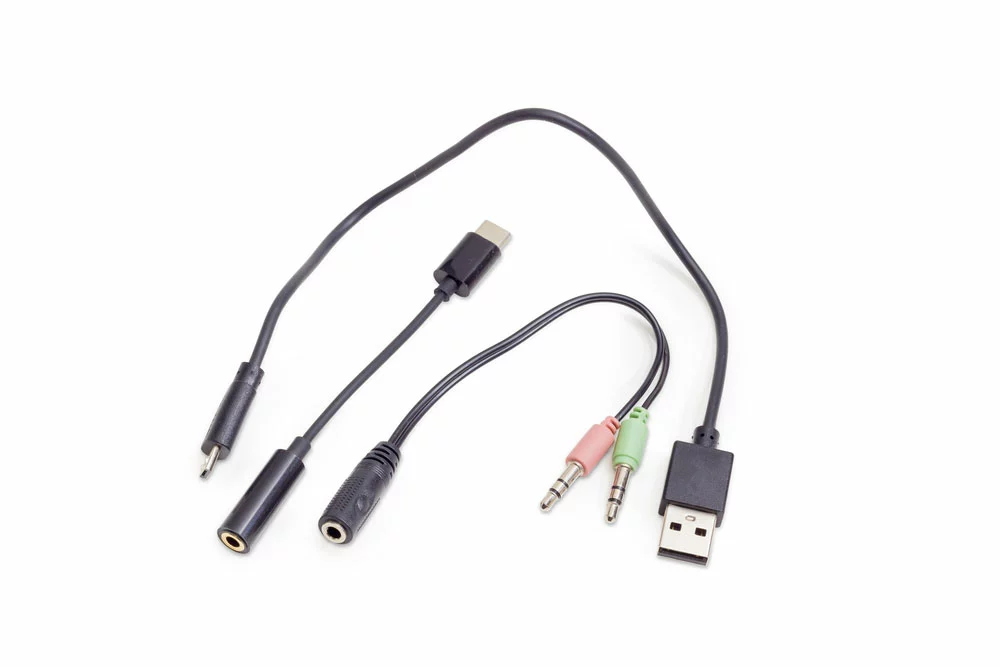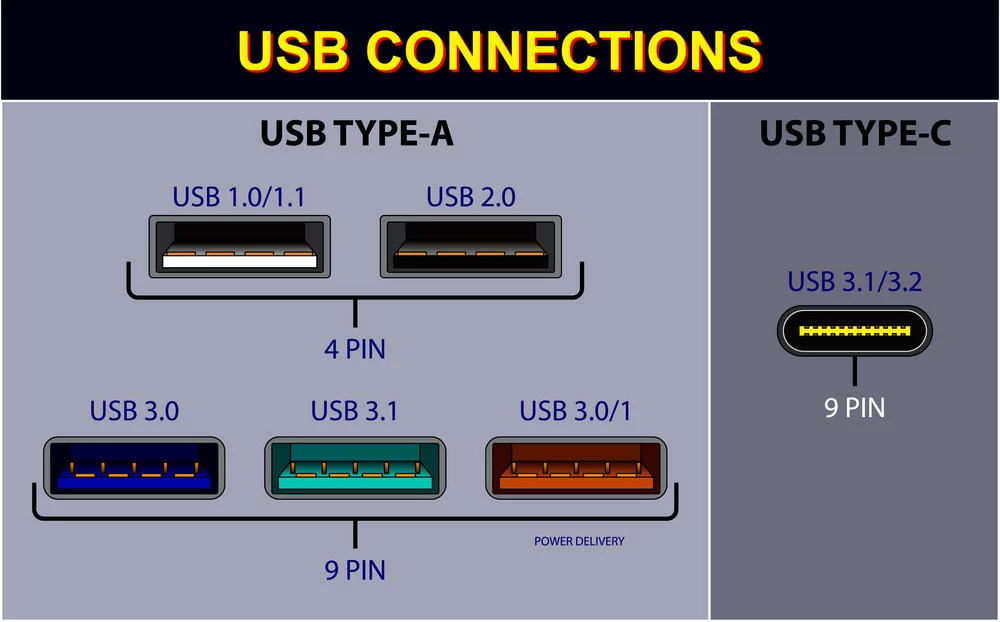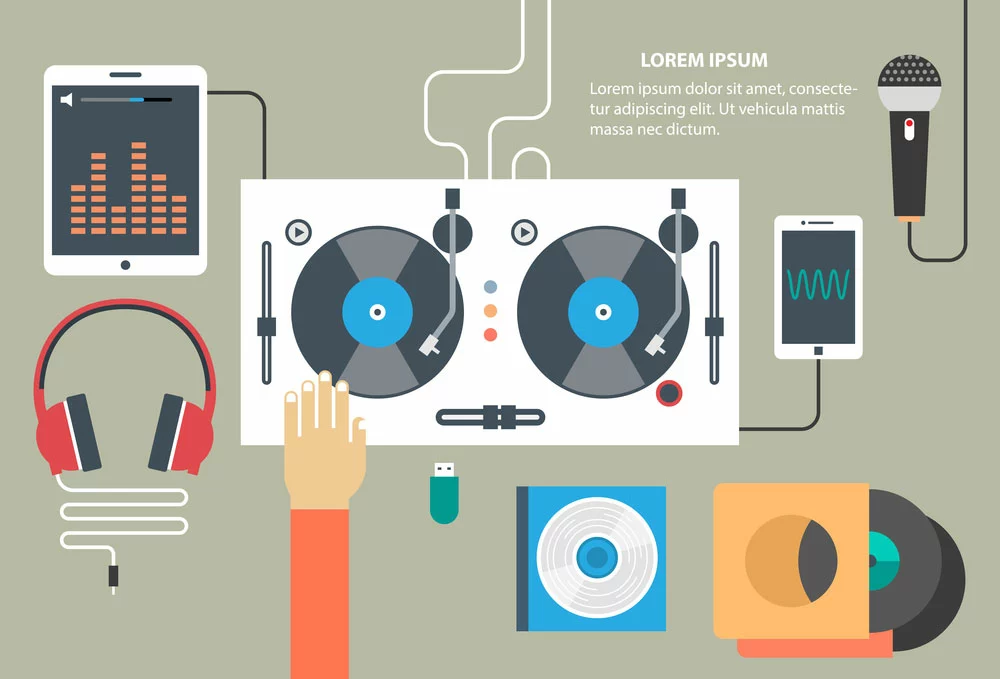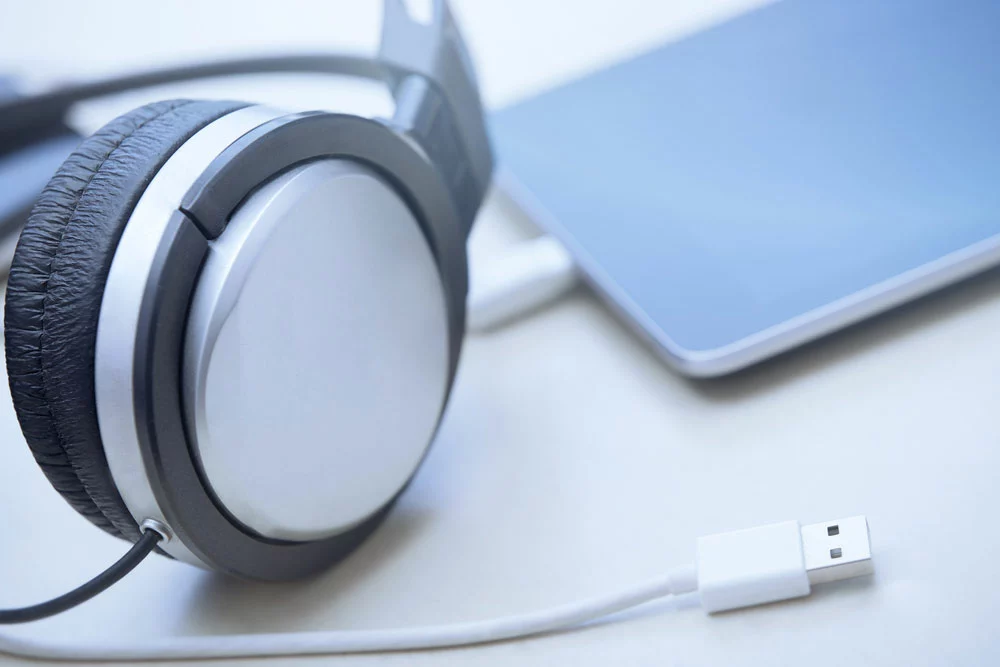Nowadays, we can see digital audio and computer, also known as audiophile sources, everywhere in our lives. It would help if you had high-quality USB cables for these audio devices to transfer data to and from the computers and music servers. Thus, you can say that a USB Cable For Audio is as important as an audio speaker cable.
Table of Contents
- What do you get by using a USB audio cable?
- What are USB audio classes?
- Is it possible to receive analog audio signals over USB?
- How do the active and passive USB-C adapters differ from each other?
- Conclusion:
What do you get by using a USB audio cable?
All audio peripherals can have their DAC circuitry. Using USB cables means transferring amp components and DAC from the sources like smartphones into dongles or headphones so that you can convert analog signals into digital signals and keep them in that domain to preserve the audio quality for as much time as possible.
However, all digital devices, such as smartphones, are high-frequency clock signals and power line sources, and these are not meant for high-quality analog audio signals. With Audio USB cables, the transfer of audio signals is becoming more complex. The information transfers in packets instead of a nonstop flow of PCM or pulse code modulation audio. Further, it needs clock signals before the data reaches DAC to keep things on time. Once the data gets transferred through USB audio, data packets convert into one audio data flow format, for example, I2S, which is easily understandable by DAC. For USB audio, the clock system choice is essential.
USB data and clock jitter
You can send data through a USB in many ways.
Asynchronous transfer: Here, the audio device oscillator identifies the USB’s synchronizing clock and links it to the DAC speed. As a result, the probability of jitter is minimized. If a clock misses its synchronization, a jitter occurs, resulting in miswritten or misread data.
Isochronous transfer: Another type of transfer is Isochronous transfer. It allows the high-speed transfer of data which allows the resending of data in case of error detection. The newest USB 3.1 has a strong synchronization system for these high-speed data transfers. This feature is optional in the USB 3.0 audio class.

What are USB audio classes?
A USB-enabled device identifies whether it is an audio peripheral or not with the help of USB audio class specification. In addition, it also helps to identify the compatibility of a USB device with different SUB functions and audio communication types. These are called USB Type-C and show compatibility with new and old connectors.
For both function controls and audio, digital audio signal transfers through the data USB pins. However, very few specifications are defined to know the type of information that transfers through these pins. Using USB OTG or on-the-go cable for converting external audiophile sources’ DAC in host devices is becoming popular over time; however, it only transfers audio signals. However, you can best use the audio features of a Universal Serial Bus port by building devices such as headphones compatible with the audio class of the USB or USB ADC specifications. USB version 1.0 of the audio class came into existence in 1998 and has worked well till now. However, the latest USB 3.0 version is essential from the headphones’ perspective.
USB ADC 1.0 and 2.0
You can break all USB device’s audio class specifications into three classes, namely:
- Audio control for controlling inner functions such as EQ or volume
- MIDI streaming for Musical Instrument Digital Interface data
- AUDIO streaming which is meant for pulse-code modulation audio data coming from and going to headphones
Most Android smartphones that run on the Lollipop 5.0 version support a subversion of 1.0, but many new devices also support USB class 2.0 and 3.0.
Data transfer rates significantly differ between USB Audio Class 1.0 and USB Audio Class 2.0. As USB version 1.0 came before USB port 2.0, its speed is limited to 12 Mbps, and the maximum speed of ADC version 1.0 is around 8.2Mbps. USB audio device 2.0 has a max speed of 480Mbps and can use 196.6Mbps for audio. They can support superior-quality stereo music streaming.
The USB audio device 1.0 can support either 16-bit/192kHz or 32-bit/96kHz stereo audio. But Android puts a cap up to a speed of 24-bit/48kHz as default. In the USB 2.0 version, the rate goes up to 32-bit/384kHz; however, this fast speed needs more power supply and thus makes it less suitable for smartphones and other portable devices.
USB ADC 3.0
The USB audio device 3.0 is not any faster than others for stereophonic audio. However, it brings some important and new properties for the latest headphones. This version has less power consumption as it supports power idling in the isochronous transfer of data. As a result, the power consumption becomes more competitive than standard 3.5mm jacks. Further, this version will experience lesser jitter and data loss as it has a more effective packet error scheme for protection.
This standard makes it mandatory to declare USB BADD for hardware with standard features like microphone controls. Version 3.0 also presents more audio control functions for different modern features like echo and noise cancellation. The BADD declaration becomes more important to expose all these advanced characteristics to software through USB controls without any need for proprietary software. With this, the music player applications can easily take hold of all these functions.

Is it possible to receive analog audio signals over USB?
The audio connections with USB type- C cables don’t need to be digital, as you can also get an analog output of audio signals through these connections. The USB standards support Audio Accessory Mode, wherein the D+ and D- pins keep switching roles to back the analog audio signals. This feature is not new for USB_C. Several phones have or do not have this connector, which can handle negative voltage swings of audio signals (analog). The earlier audio dock USB devices also have this Accessory mode; however, it’s Android 4.1 that has Android open accessory protocol 2.0 supporting audio.
When you route the audio signals in this manner, it is similar to or worse than a standard 3.5mm jack system, as here, the output hardware does not optimize for audio. As a result, the audio signal becomes close to data lines of high speeds and noisy power cables and thus becomes weak due to noise interference. However, many new Type-C dongles/headphones use this mode, but not all smartphones support this. As a result, people face many compatibility issues, which frustrates users.

How do the active and passive USB-C adapters differ from each other?
All the above versions apply to the headphones with USB type-C cable and type-c cable to 3.5mm dongles, cables, and adaptors available in both passive and active options. The active varieties have integrated Digital to Analog converters, like USB digital headphones and digital audio cables. All these devices support USB ADC or audio device class specifications. However, most of these active dongles implement an amplifier and DAC instead of post-processing units.
On the other hand, passive dongles exploit USB Audio Accessory Mode to receive audio signals from your phones. These are cheaper and of low quality.

Conclusion:
So, now you know that there are various choices in the USB audio environment. It isn’t easy to find two compatible devices wherein a USB audio class supports the audio device and its features. The best you can do is to see the product specifications of the audio device and check the USB audio class. You can also get help from Cloom. We provide a wide variety of USB cables and assemblies meant to keep all types of audio systems functional.
